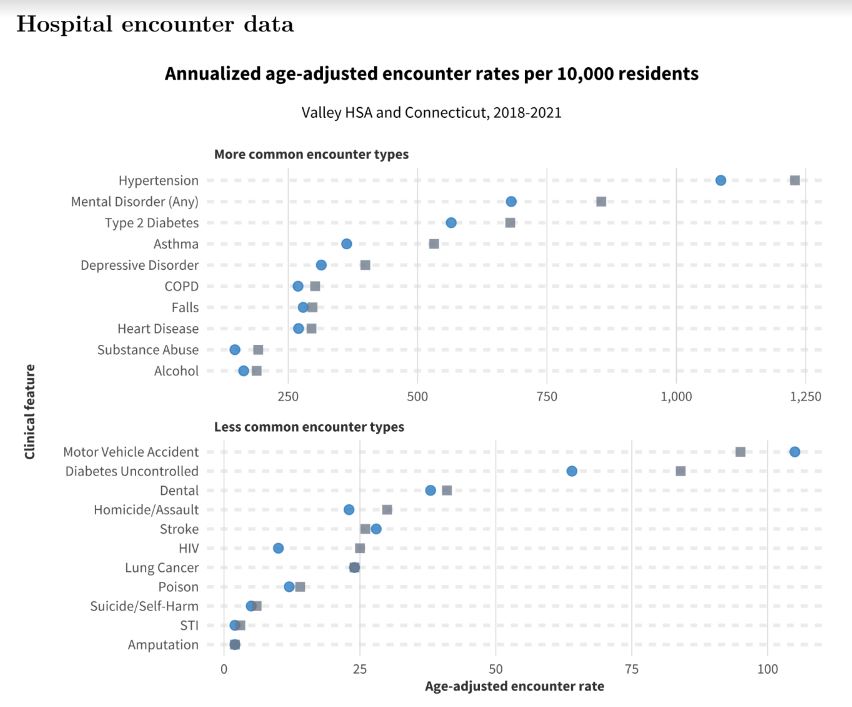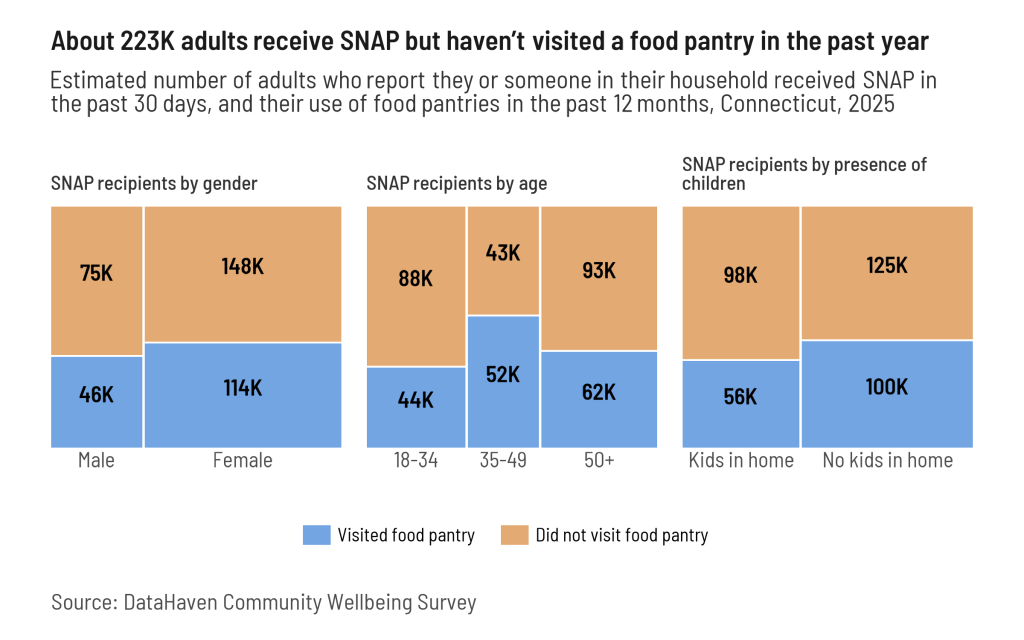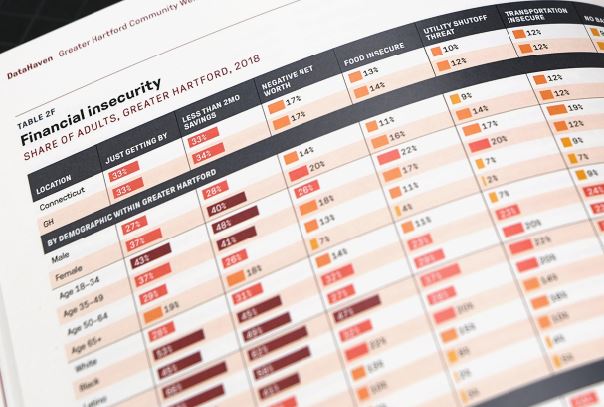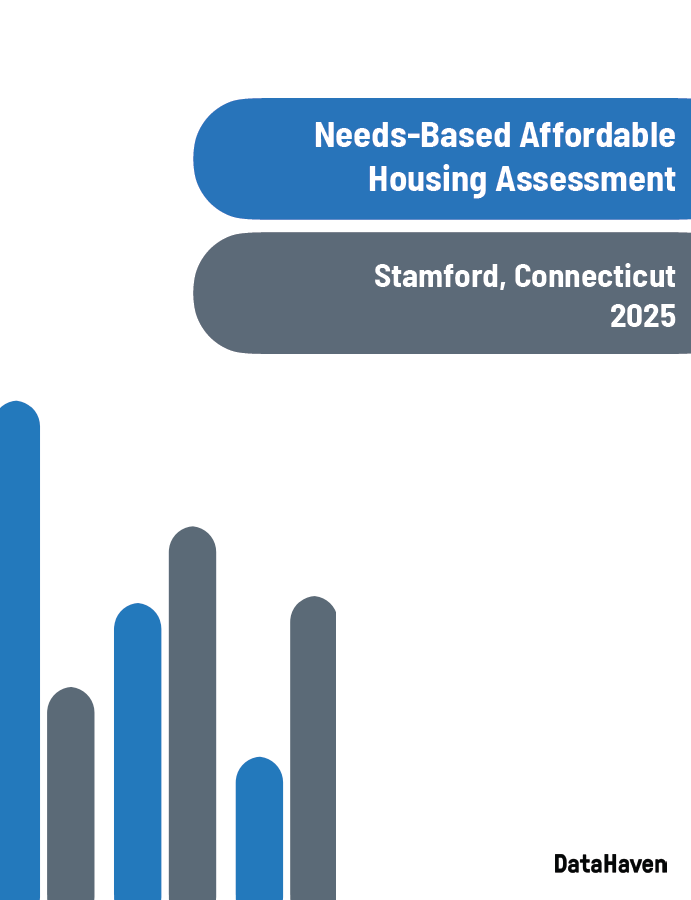2022 Community Health Needs Assessment CHIME Data Profiles

Background
Data about residents’ visits to hospitals and emergency rooms may be used as an tool to examine variations in health and quality of life by geography and within specific populations. Unless otherwise noted, all information in this profile is based on a DataHaven analysis (2022) of 2018-2021 CHIME data provided by the Connecticut Hospital Association upon request from a special study agreement with partner hospitals and DataHaven. The CHIME hospital encounter data extraction included de-identified information for each of several million Connecticut hospital and emergency department encounters incurred by any residents of any town in Connecticut. Any encounter incurred by any resident of these towns at any Connecticut hospital would be included in this dataset, regardless of where they received treatment.
In order to develop statewide geographic benchmark comparisons within the CHIME data that could be used to provide context, DataHaven developed a statewide aggregate as well as rates for individual Connecticut towns and regions. Comparisons should be made with caution, especially when examining data for towns or regions near the state border, given that residents in those towns may have been more likely to receive treatment at hospitals located outside of the state in some cases.
Each encounter observation had a unique encounter ID and was populated with one or more “indicator flags” representing a variety of conditions. Each encounter could include multiple indicator flags. Annualized encounter rates were calculated for the indicator flags assigned within the dataset including Asthma, COPD, Substance Abuse, and many other conditions. Analyses in this document describe data on “all hospital encounters” including inpatient, emergency department (ED), and observation encounters. Annualized encounter rates per 10,000 persons were calculated for the period from 2018 to October 2021 by merging CHIME data with population data.
For each geographic area and indicator, our analysis generally included an annualized encounter rate for populationsin each of five age strata (0-19, 20-44, 45-64, 65-74, and 75+ years), and by gender, as well as a single age-adjusted annualized encounter rate. DataHaven also calculated rates by race, but those results are not included in this document because we believe that the collection of race/ethnicity data is not yet standardized in a way that allows for accurate comparisons across geographic areas. In some cases, results are not included in this report if the number of observations and/or populations in any given area were very small. It is important to note that there is no way todiscern the unique number of individuals in any zip code, town, area, or region who experienced hospital encounters during the period under examination or the number of encounters that represented repeat encounters by the same individual for the same or different conditions. To better examine encounter rates for asthma, the age-strata used to calculate asthma encounter rates differed from age groupings used for the other disease encounter types (0-4, 5-19, 20-44, 45-64, 65-74, and 75+ years).
Report Availability
Public CHNA CHIME data profiles for each Connecticut town and hospital service area have been distributed to hospitals, local health departments, and community health partners in each region of the state. They are available on request from DataHaven, or may be posted here upon request.
Complete sets of documents related to each hospital’s Community Health Needs Assessment (CHNA), including these public CHNA CHIME data profiles and other relevant reports by DataHaven, will be posted on each hospital’s website. Data from the reports are also included in CHNA-related documents, such as DataHaven’s series of Community Wellbeing Index reports.






